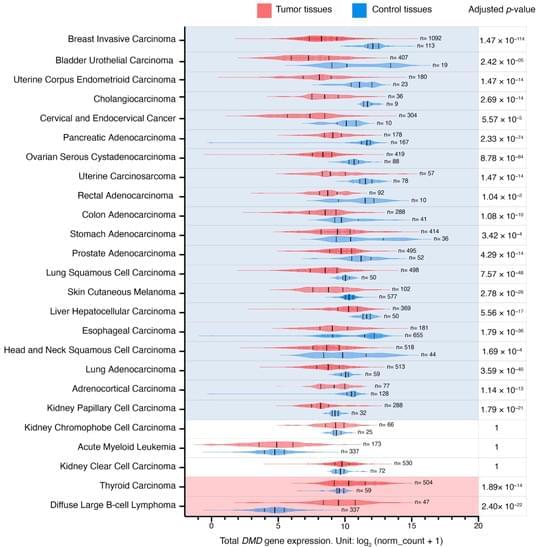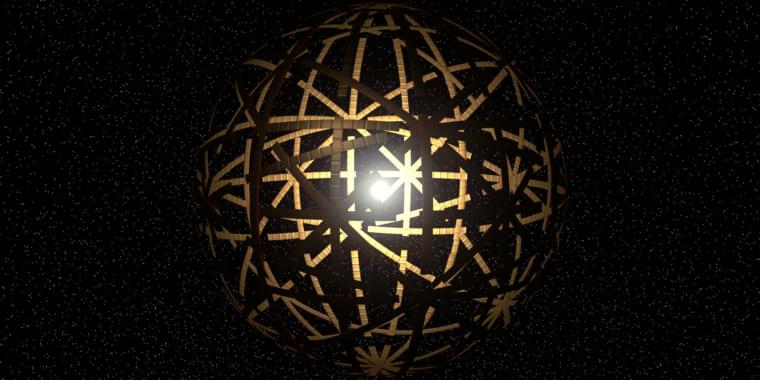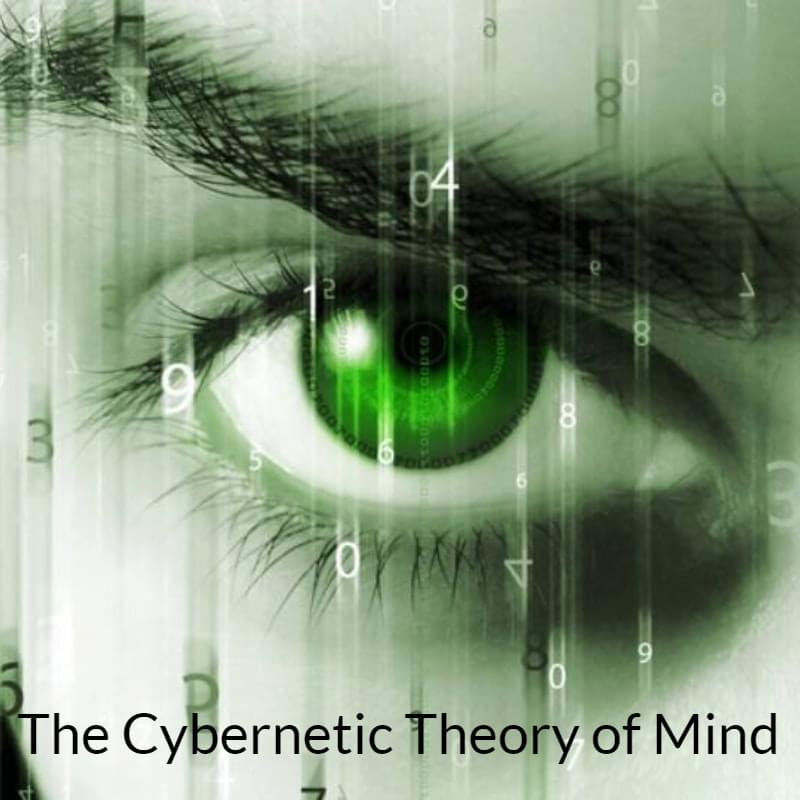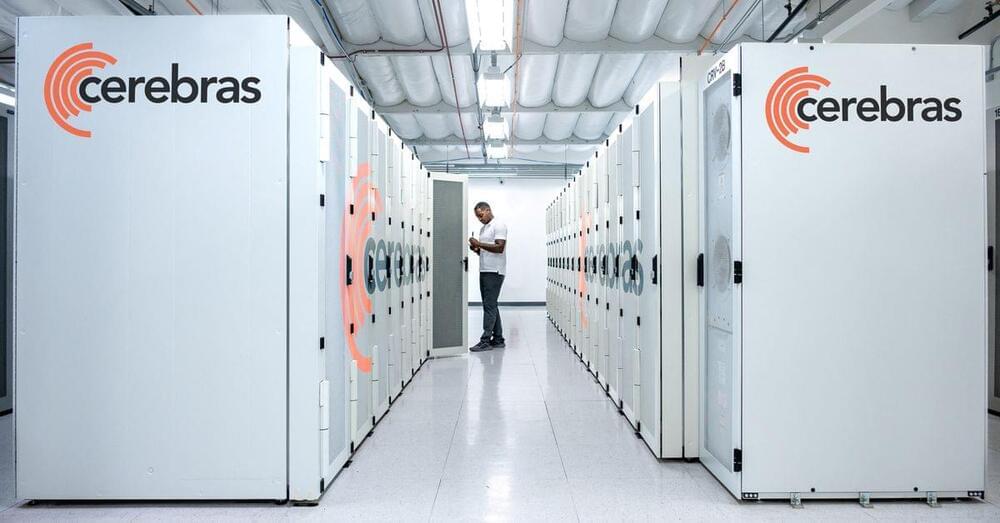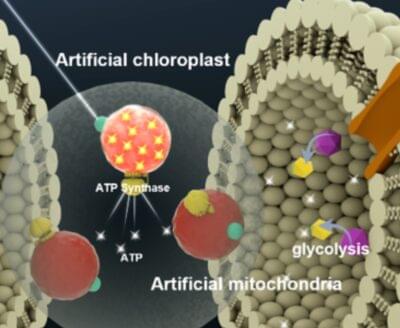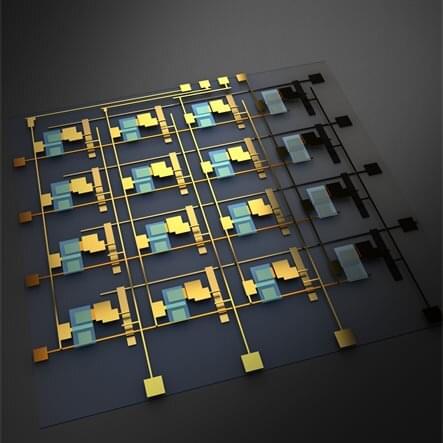In my latest interview, I answer some questions on the fascinating topic of synthetic telepathy. Recently, the concept of synthetic telepathy has gained increasing attention from both the scientific community and the general public. The ability to communicate with others using only our thoughts may sound like something straight out of science fiction, but recent advancements in neuroscience and technology have brought us closer to making this a reality.
#SyntheticTelepathy #neurotechnology #braincomputerinterface #BCI #cybernetics #brainhacking #mindcontrol #nanocybernetics
In recent years, the concept of synthetic telepathy has gained increasing attention from both the scientific community and the general public. The ability to communicate with others using only our thoughts may sound like something straight out of science fiction, but recent advancements in neuroscience and technology have brought us closer to making this a reality. Join us for an exclusive interview with futurist and evolutionary cyberneticist Alex M. Vikoulov, as he shares his expertise on the fascinating topic of synthetic telepathy. Speaking with news reporter Blanca Elena Reyes, Vikoulov will delve into the workings of this cutting-edge technology and discuss its potential applications for the future.
Blanca Elena Reyes: Are you familiar with synthetic telepathy? If you do, how does it work?
Alex Vikoulov: Synthetic telepathy, also referred to as neurotechnology, brain-computer interface (BCI), and more broadly, cybernetics, is a form of technology that enables direct communication between the brain and an external device without the need for physical intervention. This technology allows individuals to transmit their thoughts, feelings, and sensations wirelessly to another person or a machine, allowing for real-time communication and control of technology.
